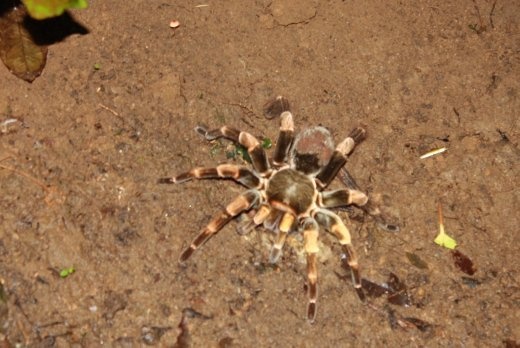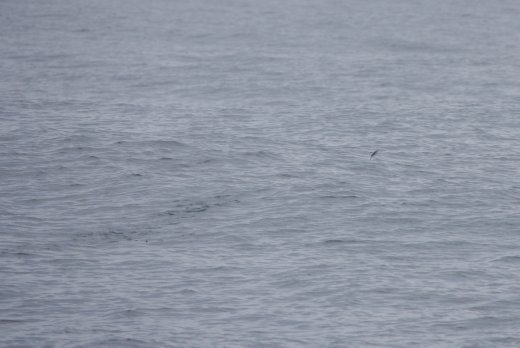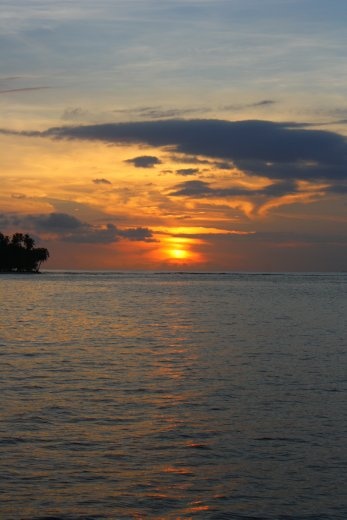We left Nicaragua for a whirlwind trip through Costa Rica and Panama, before looking to sail from Panama’s Caribbean Coast down to Cartagena, Colombia. From Ometepe, we headed off with Crystal, and caught a taxi to the border, a nice trip past the lake and the big bank of wind turbines. From the border we boarded our first bus, which dropped us off in Liberia. We boarded a second bus which dropped us in the middle of no-where, a little unclear where exactly we were to get the bus to Monteverde. After a 90 minute wait, watching a huge storm front and lightning drawing closer, we finally saw the bus we needed rolling in, and we breathed a sigh of relief. The last bus trip was a hell of a trip! The bus scrambled up a half-eroded track, whilst either side we had breathtaking views over cloud forests. Incredible.
Monteverde is located just near the top of the ridge of mountains that separate Costa Rica into the Pacific and Caribbean sides, and is located in the middle of gorgeous cloud forests. After a beautiful 90 minute drive, we reached Monteverde. The next day, we enjoyed a guided tour through the Santa Elena Cloud Forest, where we got to see a whole range of birds, insects and plant life, and although we didn’t get to see the elusive quetzal, we did hear a few of them calling. Our guide was excellent, and even gave a few of the people in our group tattoos from the berry of one of the plants. When we returned back into to town for lunch, we had our first major wildlife spot in Costa Rica – a troop of monkeys playing in the trees just outside our café.

Later that evening, we did a night tour – the vast majority of the animals here are nocturnal, so it’s the best chance for wildlife spotting. It was pouring rain as we left, and we were a little sceptical of our chances to see many animals. We couldn’t have been more wrong – in the two hours or so of walking, we saw four two-toed sloths, including a baby; 2 pit vipers; 1 other snake, a tree-dwelling porcupine, a kinkajou (honey bear), a massive tarantula, scorpion, some birds, frogs, raccoons, a 500 year old strangler fig and some bioluminescent fungi. We finished up saturated at the end but couldn’t be happier.

The next day we did some hiking of our own up a quiet trail through some cloud forests. There’s a lookout at the top, but when we arrived there, it was, well, cloudy. Still an incredible walk, lots of great forest, and some really interesting mushrooms (blues, blacks, reds, all sorts). Hitting up a local cheese factory and being led around by local dogs was also a highlight.
Next stop was a 25 hour bus trip through to Panama City. Not too bad, except for a 3.5 hour passage through customs. Thanks guys. Panama City was surprisingly nice, with a pretty cool old area, and very built up central business area, with a few more out-there sky-scrapers filling in the spaces amongst the typical tall, white towers. The main reason for Panama City though was the canal, it really is impressive. Huge (and getting huger), efficient and busy (as the day goes on, there’s a huge number of massive tankers waiting in turn); it was great to see it in operation. Combined with the port and the rail network, this is a city that knows its logistics. Coupled with all this, Panama City has the best chicken buses yet. Not content with just garish paint colours, flashing lights and pumping sound systems; they go the extra mile, with shark fins and bubbles on the roof. The drivers don’t know the meaning of full, though, and we got crammed into a bus for a 90 minute trip to Puerto Lindo basically sideways, with one foot on the ground, holding onto the handrail for dear life.

Puerto Lindo was our departure point for our sailing trip to Cartagena, via the San Blas Islands. We had to leave fairly early in the morning, and after beating off the land crabs trying to stow away in our luggage, we met up with Captain Gisbert and our sailing companions, Matias and Maria from Argentina and Jonas and Sarah from Switzerland. The trip was incredible; the San Blas islands are the quintessential Caribbean Islands – hundreds of tiny islands with palm trees, surrounded in perfectly white sand, fringed by coral reef in crystal clear, warm water. Gisbert was an incredible cook, the others great company, and for the most part we had excellent weather.

There were a few real highlights – catching a little shark, waking up to a pod of 20 dolphins swimming with the boat on our last day, scaling the masthead for incredible views, hundreds of flying fish, bioluminescent jellyfish, frolicking on deserted beaches and snorkelling on coral reefs. But they were only the tip of the iceberg. The whole trip was incredible though, a must do in the area. More luck fishing would have been good though… And finally, into Cartagena, our first stop in South America. But more on that later.

